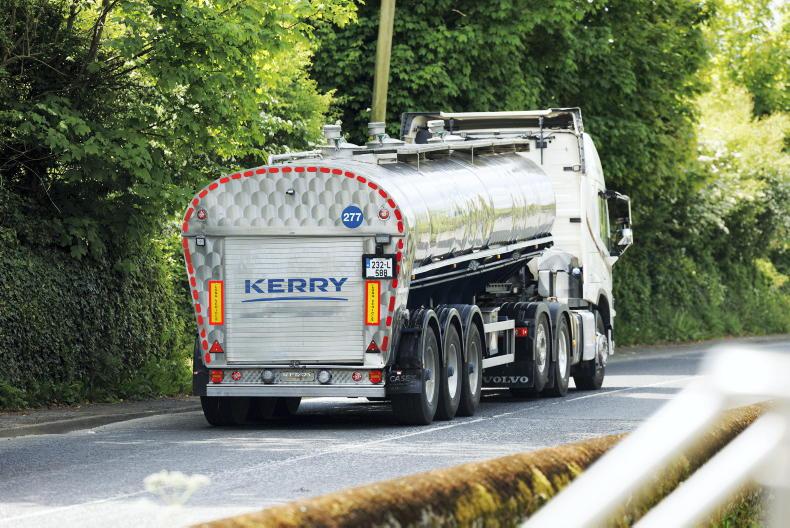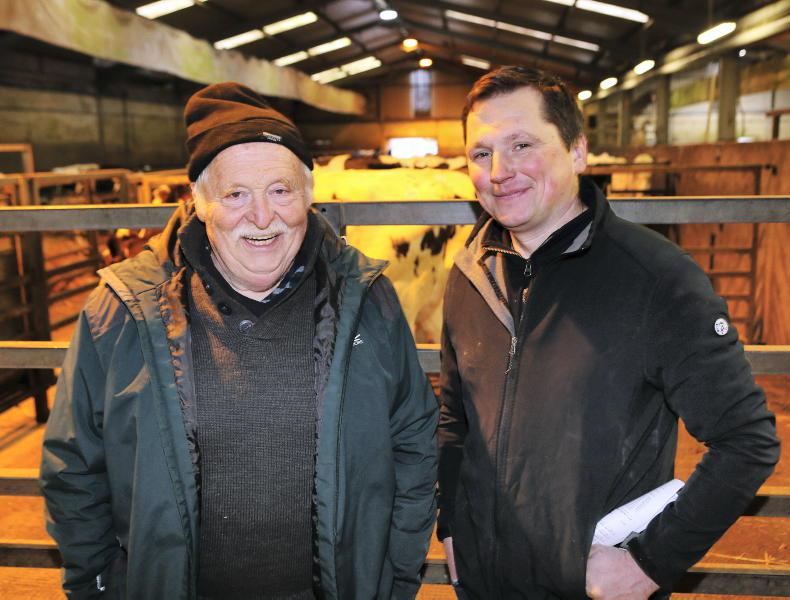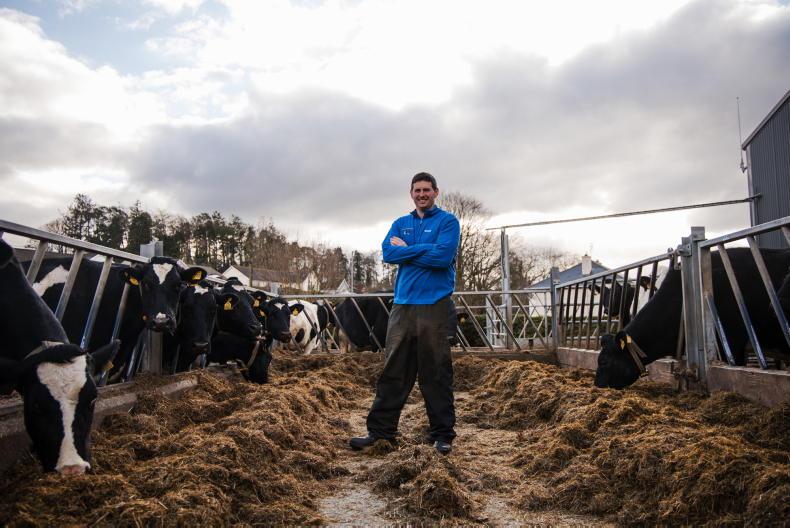The announcement by Lakeland Dairies that it is moving to a milk pricing model based mainly on A+B-C from 1 January 2026, is a significant development within the NI dairy sector.
The A+B-C milk payment model rewards suppliers for producing higher levels of butterfat and protein. The A element is the price per kg of protein, B is the price per kg of butterfat and C is the cost of processing milk.
It is a pricing model adopted by processors in the Republic of Ireland (ROI) since the mid to late 2000s, as well as in New Zealand. Lakeland believes the move will deliver efficiencies within processing and at farm level.
Key differences
However, two major differences will exist between the NI and ROI systems.
Firstly, the co-op will retain volume bonuses for NI farmers.
Secondly, premiums on TBC and SCC will also remain in place. These payments are not available to suppliers in ROI.
Finally, the 3p/l winter bonus payment is extended from November and December to include January and February milk, starting this winter.
As an example of how these changes potentially impact milk sales, our analysis looks at three dairy farmers producing 1m litres annually of high, average and low solids milk, with a supply profile matching the NI average.
Base milk price, TBC, SCC and volume bonuses are standardised across the three farms.
Ahead of a move to A+B-C, the first major change can be made on 1 July 2024, when Lakeland suppliers are able to amend their reference year that applies within the enhanced payment model introduced in January 2022.
The option is there to default to the co-op’s base of 3.85% butterfat and 3.19% protein from this date. In reality, all suppliers, outside of those with reference solids close to, or below this base, are likely to take up this option.
Scenario one
In our first example, all the farmers had higher solids in their reference years than the co-op base, so they have removed these reference values.
With the enhanced payments of 0.029p/l and 0.056p/l for every 0.01% change in butterfat and protein above base, all three farmers are financially better off.
Between July and December 2024, each farmer produces 458,033 litres. For the high solids supplier, milk sales increase by £4,887 or 1p/l.
For the average solids supplier, milk sales rise by £1,649 or 0.36p/l, while there is a £513 increase for the low solids producer.
New year
In 2025, there are two extra months of winter bonus, which adds around £5,000 to annual milk sales for all three suppliers.
From 1 January of that year, the co-op base levels rise to 3.90% and 3.22% for butterfat and protein.
Assuming no change to milk quality, the high solids farmer is £10,460 better off compared to if the existing scheme was still in place (although they do have the option of switching to A+B-C from 1 January 2025).
For average solids, the farm has an additional £2,500, while the low solids supplier is just marginally better off.
A+B-C: three scenarios compared
Under the second scenario, the analysis looks at the same three farms, but under the A+B-C model from January 2026. To allow a fair comparison, milk solids remain static on all three farms over the period.
Pricing under this option is less clear cut, as the outcomes are heavily dependent on the level at which base price is set.
As base price increases, it inflates the value per kg of butterfat and protein, tipping the balance in favour of a solids payment across the three farms.
But, equally, if base price weakens, so does the value of fat and protein, resulting in farmers with average to low solids being worse off under the A+B-C model than when they are paid using conventional increments.
In the analysis, an average base price of 35p/l is assumed and a ratio of 1.98 is set on protein to butterfat price, as per Lakeland’s pricing in ROI.
That gives a protein (A) value of £7.037/kg and butterfat (B) value of £3.552/kg with a 3p/l deduction for processing costs (C).
Annual yield is converted to kg of milk by a multiplication of 1.03, before factoring in a volume bonus of 0.3p/l, TBC and SCC premiums of 0.4p/l along with the extended winter bonus.
From the analysis, the high solids farmer is £21,689 better off under the A+B-C model, or 2.2p/l compared to conventional increment payments.
Moving to the average solids farm, there is an additional £16,280 in milk sales with all factors accounted for.
The low solids farm is also better off, ultimately on the strength of volume and cell count premiums which remain in place.
However, reducing the average base for the year to 33.5p/l sees the economics changing.
Milk sales for the average solids farm is basically similar to when conventional increment payments are used.
But the low solids farm would be close to £2,100 worse off under the A+B-C model. It highlights both the importance of where the starting price is set and also the need for farmers to improve feeding and genetics to drive up milk solids in the years ahead.










SHARING OPTIONS